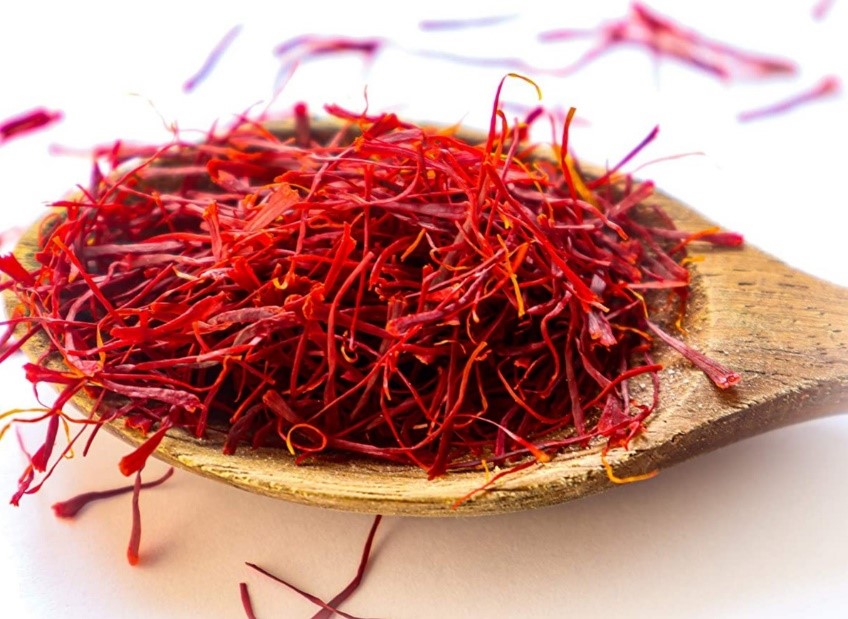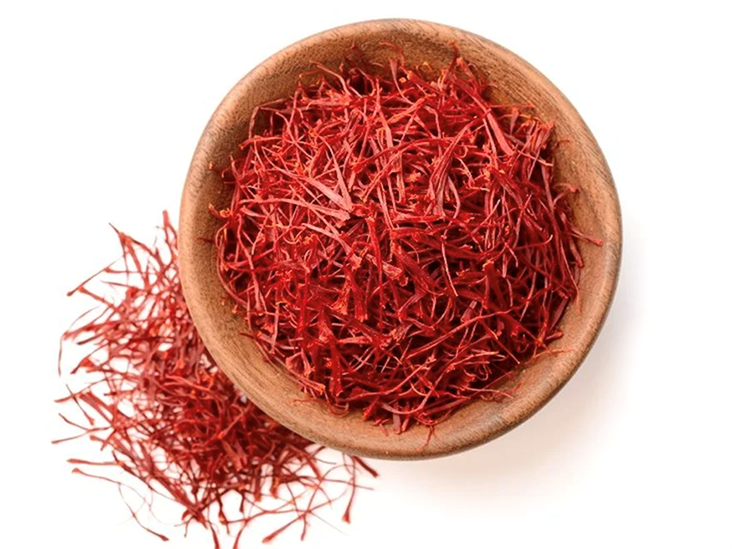A Comprehensive Guide to Growing and Cultivating This Precious Spice
Saffron, often referred to as “red gold,” is one of the world’s most expensive and sought-after spices. It is known for its vibrant color and unique flavor, and saffron also offers numerous health benefits. However, farming saffron requires knowledge, patience, and the right conditions. In this article, we’ll explore everything you need to know about saffron farming, from planting to harvesting.

Why Choose Saffron Farming?
Farming saffron is becoming an increasingly attractive option due to its high market value and growing demand. Saffron farming presents several advantages:
-
High Profit Potential: Despite being labor-intensive, saffron is highly profitable, making it a great option for farmers looking for high returns.
-
Minimal Space Requirement: You don’t need a vast amount of land to grow saffron, making it suitable for small-scale and even backyard farming.
-
Health Benefits: Saffron is prized for its mood-enhancing properties, digestive benefits, and antioxidant content, making it an appealing crop to grow.
How to Start Farming Saffron
Farming saffron requires a mix of proper knowledge and ideal growing conditions. By following these essential steps, you can successfully grow saffron and enjoy a rewarding harvest.
1. Choosing the Right Location
Saffron thrives in dry, temperate climates with well-drained soil. For optimal growth, choose an area with lots of sunlight and minimal rainfall. The ideal temperature range for saffron cultivation is between 13°C and 15°C (55°F to 59°F).
-
Soil Preparation: Before planting, ensure the soil is nutrient-rich, light, and well-drained. You may need to amend the soil with organic matter for optimal growth.
2. Planting Saffron Corms
Saffron corms should be planted in the fall, as this is when the flowers bloom. Plant each corm around 4-6 inches deep, spaced 4-6 inches apart. It is essential to plant them at the correct depth to prevent rot and encourage healthy growth.
-
Watering Tips: After planting, water sparingly. Saffron requires little water, and excessive moisture can harm the corms. Instead, focus on ensuring good drainage to prevent rot.
3. Harvesting Saffron
The saffron flowers bloom in mid to late fall. This is when you should start harvesting. Carefully hand-pick the delicate red stigmas from the flowers, as these are what make saffron. On average, each flower yields only three red threads, making the harvesting process labor-intensive.
-
Harvesting Tips: To preserve quality, harvest the flowers early in the morning, when the stigmas are at their freshest. After picking, dry the threads carefully to maintain their potent flavor and aroma.
Tips for Successful Saffron Farming
If you want to succeed in saffron farming, consider these key tips to ensure healthy plants and a bountiful harvest:
1. Watering the Right Way
While saffron doesn’t require much water, regular light watering is essential during the flowering stage. However, avoid overwatering, as saffron is susceptible to fungal diseases in damp conditions.
2. Maintain Soil Fertility
Saffron plants benefit from organic fertilizers. Incorporating compost or well-rotted manure into the soil helps maintain its fertility. Additionally, mulching can help retain moisture and prevent weed growth.
3. Weed Control
Weeds can compete with saffron for nutrients and space, so regular weeding is important, especially in the early stages of growth. Hand weeding is the most effective way to control weeds without disturbing the corms.
The Future of Saffron Farming
Farming saffron may seem challenging, but the rewards are worth the effort. With the right knowledge, climate, and care, you can grow high-quality saffron and tap into a profitable market. Starting a saffron farm requires patience, but with the right guidance, you can reap the benefits of this valuable spice.
Key Takeaways
-
Saffron requires ideal growing conditions like dry, temperate climates and well-drained soil.
-
The process of planting, harvesting, and drying saffron is labor-intensive but highly profitable.
-
With proper care, you can grow saffron in small spaces, making it an excellent option for small-scale farming.
If you’re ready to start farming saffron, follow these guidelines to grow your own “red gold” and enjoy the many benefits it brings.






